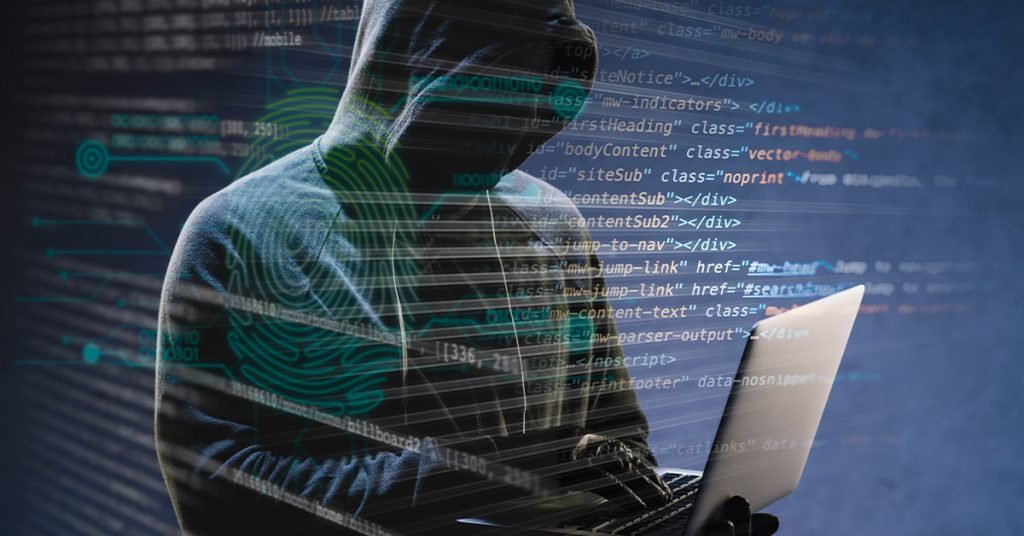
An attempt to acquire unauthorised access to an IT system by an attacker for the goal of theft, extortion, disruption, or other evil motives is known as a cyberattack.
Whatever the reason, many security teams are having trouble maintaining the security of their IT systems. Thus, things have changed, and nobody can afford to minimise the significance of cybersecurity. Cyberattacks by criminals are possible on gadgets, phones, and anything else that can be linked to a pc or the internet. These attacks increase the risk of data breaches, the loss of sensitive information, and damage to a company’s reputation. This article is helpful for students who pursuing cyber security colleges in Tamil Nadu and explores how to control and ways to escape from these cyber attacks.
5 Common Types of Cyber Attacks & Preventive Measures:
Phishing:
It is a practice where a victim receives an email claiming to be an established organization or trustable firm. However, it is a message designed to trick the victim to disclose sensitive information like passwords, and personal or bank details. The preventive measures to restrict these attacks either in your business or individuals, read the following further.
- Educate the employees on how to understand the security systems within the workplace and the ways of attacks or general understanding of how hackers can trick by prying into sensitive information.
- Authentication is a prime factor to implement in a two-way process. It means you need a username, and password to access the information and add any biometric like fingerprint, voice print, phone or card. This additional level of security indicates even if they can receive the password but they can’t have access to your data.
- Always stay alert, and don’t click on emails unsure of their legitimacy. Check the website URLs to ensure there are no slight changes in the domain name where it looks like a scam or redirects to the scammer’s site.
- In the case of a company or business, the documents hold a high contribution to phishing attacks, so if it is confidential business information don’t carelessly discard it. It may end up in the wrong hands.
- The introduction of tools to identify phishing attacks is very helpful. Use anti-virus software, firewalls, and anti-phishing tools from third-party providers to detect any suspicious activities.
Man-in-the-middle attacks:
Hackers inject or intrude in any communication between two parties where they eavesdrop or impersonate either party with the intention of stealing sensitive information.
- Look for the security certificate warnings if the browser shows the site is insecure, then it is likely to do a man in the middle attack.
- Check if the site has HTTPs websites where S stands for secure and that guarantees the communication isn’t seen by the third parties.
- If you’re using public wi-fi it is better to use VPN services to prevent third parties from compromising your private communications.
- Install and keep up-to-date antivirus software to protect the privacy and security of your online activities.
Malware attacks:
Malicious software, also known as software intended to harm or affect a computer, is referred to as malware. Malware can be classified into several categories, such as viruses, worms, ransomware, Trojan horses, and spyware.
- Avoid opening shady email attachments or downloading dubious files.
- Be quick to take action if you notice any virus activity so as to prevent further damage.
- Don’t click on strange links and stay away from dubious websites that might virus on your computer.
Password-based attacks:
Hackers can access usernames and passwords using a variety of methods and tools, including figuring out passwords and login-cracking software, in a password-based attack.
How the strong password you use can restrict from these cyberattacks.
- It is harder to break a longer password than a shorter one.
- When creating passwords, mix uppercase, lowercase, digits, and special characters in a distinctive way.
- You shouldn’t use the same password for your professional and personal email accounts.
Service Attacks:
It is now a general practice where scammers enter a website with data, making it impossible for users to use it. The cause of this attack may reduce your site traffic as customers might find it hard to get the action required. You can control these attacks through,
- Monitor the traffic using the tool and watch the traffic to detect abnormal changes or sudden occurrences of any elements or links. When you detect early, you are able to reduce the effect of this service attack.
- Secure systems can escape from this attack. So whenever your device needs an installation of new software updates, security patches, or firewall with the latest detection software.
- Criminals choose service attacks through breaking network cables or disconnecting the internet connection. Thus, it is important to monitor the physical connections for any irregular activity.
To Conclude, given the rise in cybercrimes today, it is wise to be knowledgeable about network security measures and cyberattacks. Global connectivity and the use of cloud services to hold private and sensitive data are increasing the danger to cybersecurity. Enroll in a cyber security degree offered by one of the top engineering colleges in Coimbatore, Tamil Nadu if you want to pursue a profession in advanced computer security. The colleges are also aware of the significance of cyber security.
